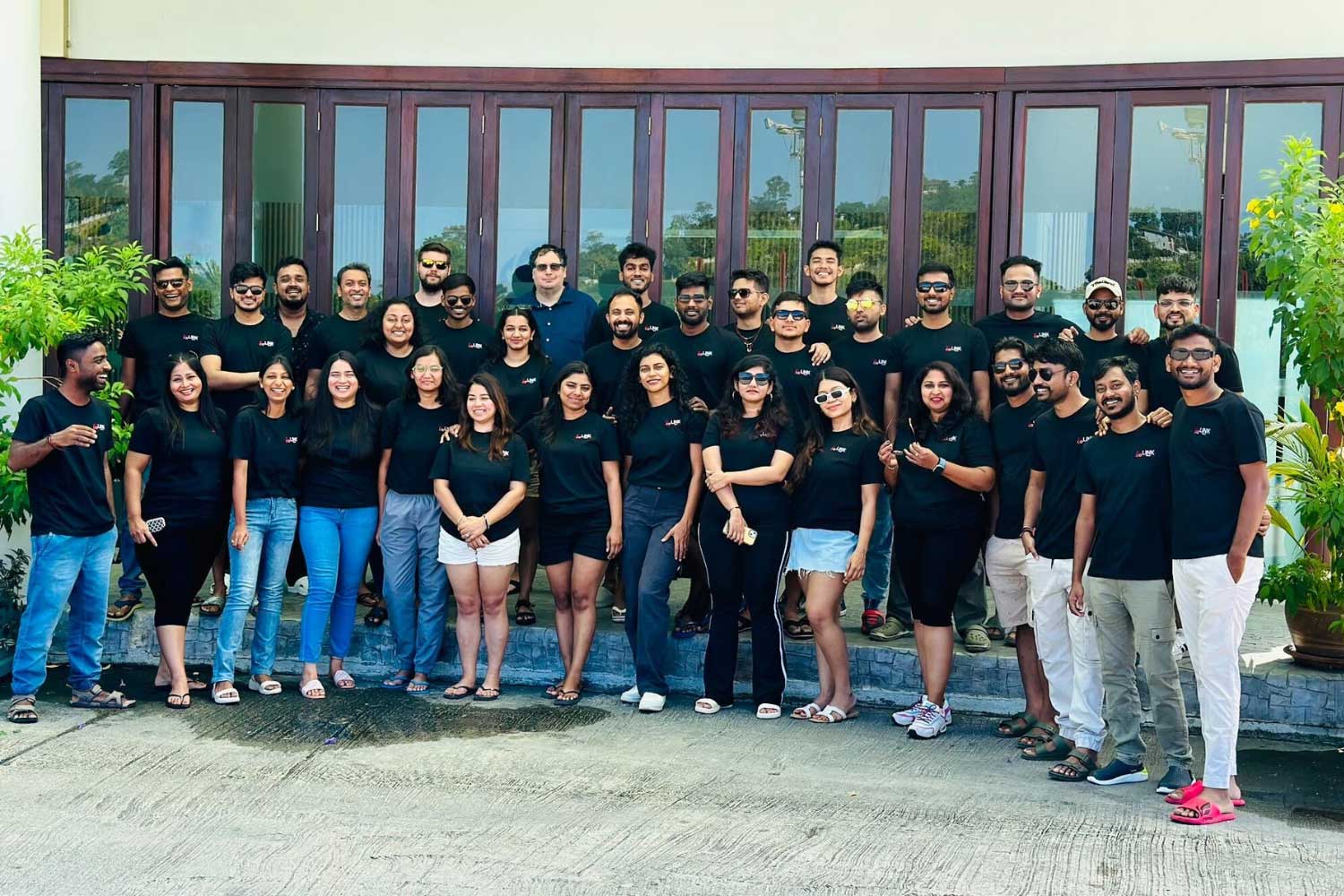
Father’s day special: How technology is transforming modern dads
Throughout the years, fathers’ roles have changed significantly. Fathers were traditionally viewed as the family’s primary provider of income, acting as the family’s pillar. The expectations and responsibilities of modern fatherhood have been reshaped, nevertheless, by shifting perspectives and cultural changes.
Fathers are now more widely acknowledged as equal partners in raising children, actively contributing to their social, emotional, and intellectual growth. The days of dads being passive participants in the parenting process are long gone. Modern dads are taking a more involved role in raising their children, enjoying the rewards and difficulties of doing so with their spouses.
This evolution has been driven by a number of factors, including changing gender roles, a greater understanding of the importance of paternal involvement, and a desire for closer family ties. Fathers now realize the significant influence their presence and involvement can have on their kids’ development, self-worth, and general well-being.
Technology as a Parenting Tool
For modern fathers, the digital age has brought about a revolutionary shift in their parenting style. With so many tools and resources at their disposal, technology has emerged as a father’s greatest ally, enabling him to interact with his kids in ways never seen before.
Fathers no longer have to rely only on conventional parenting techniques or consult a small number of sources for guidance. They now have access to a wealth of information thanks to the internet and mobile devices, which helps them stay informed and make wise decisions about the growth, health, and general well-being of their children.
Additionally, dads now have more opportunities to strengthen their relationship with their kids through shared digital experiences thanks to technology. Dads can explore, learn, and play alongside their children on engaging platforms offered by interactive apps, educational games, and virtual reality environments. This fosters a stronger bond and understanding between the two parties.

Akshay Tomar: A Tech-Savvy Dad
One of the best examples of a contemporary, tech-savvy father embracing the opportunities and difficulties of raising a child in the digital age is Akshay Tomar, QA lead at LINK!. He has embraced technology as a father to improve his relationship with his child and have special moments together.
Using virtual assistants like Alexa is one way Akshay has made use of technology. He often gets his kid involved in things like watching cricket matches on their Alexa device and dancing to Punjabi music videos. These shared experiences help his child develop a love of sports and music while also exposing them to the wonders of technology at a young age.
Akshay thinks that his child’s development has greatly benefited from his increased involvement and presence at home, made possible by remote work opportunities. By spending more time together, Akshay has been able to share his passions, such as playing cricket and football, with his child. Because of his hands-on approach, his child has been able to develop a keen interest in these sports and skills, which has strengthened the bond between father and child.
Furthermore, he admits that technology plays a part in making parenting problems and questions simpler to solve. He understands that having so much information and resources at our disposal can enable parents to make better decisions and better meet the needs of their kids.
For Akshay, adopting the flexibility and work-life balance that technology provides is part of being a father in the modern digital era. He values being able to strike a balance between his work obligations and spending quality time with his child, making enduring memories and strengthening their relationship.
Work-Life Balance in the Digital Age
The digital era has revolutionized the way fathers approach work and family life. With the advent of remote work and flexible schedules, modern dads like Akshay can strike a better balance between their professional responsibilities and their roles as involved parents. Technology has empowered fathers to be more present in their children’s lives, fostering stronger bonds and creating cherished memories.
Akshay’s experience is a testament to this shift. As a QA lead at LINK, he can often work from home, allowing him to witness his child’s milestones and participate in their daily routines. This newfound flexibility enables him to be an active participant in his child’s upbringing, rather than merely a weekend presence.
Embracing the Digital Dad
For modern fathers, a transformative era has begun with the advent of the digital age. With the help of technology, fathers can now better balance work and personal life, connect with their kids through common interests, and use virtual assistants to help with parenting.
Dads who embrace technology are better able to be involved, attentive, and aware of their kids’ needs. In addition, fathers can now teach their kids digital literacy skills so they are prepared for the future thanks to the digital landscape. Modern fathers can deepen their understanding of their children’s passions, build stronger bonds with them, and nurture their interests by skillfully incorporating technology into their parenting style.
Fathers who fully embrace technology will be in a better position to handle the challenges of contemporary parenting as the world changes. Through the effective use of digital tools and resources, parents can open up new possibilities for learning, connecting, and making enduring memories with their kids.






